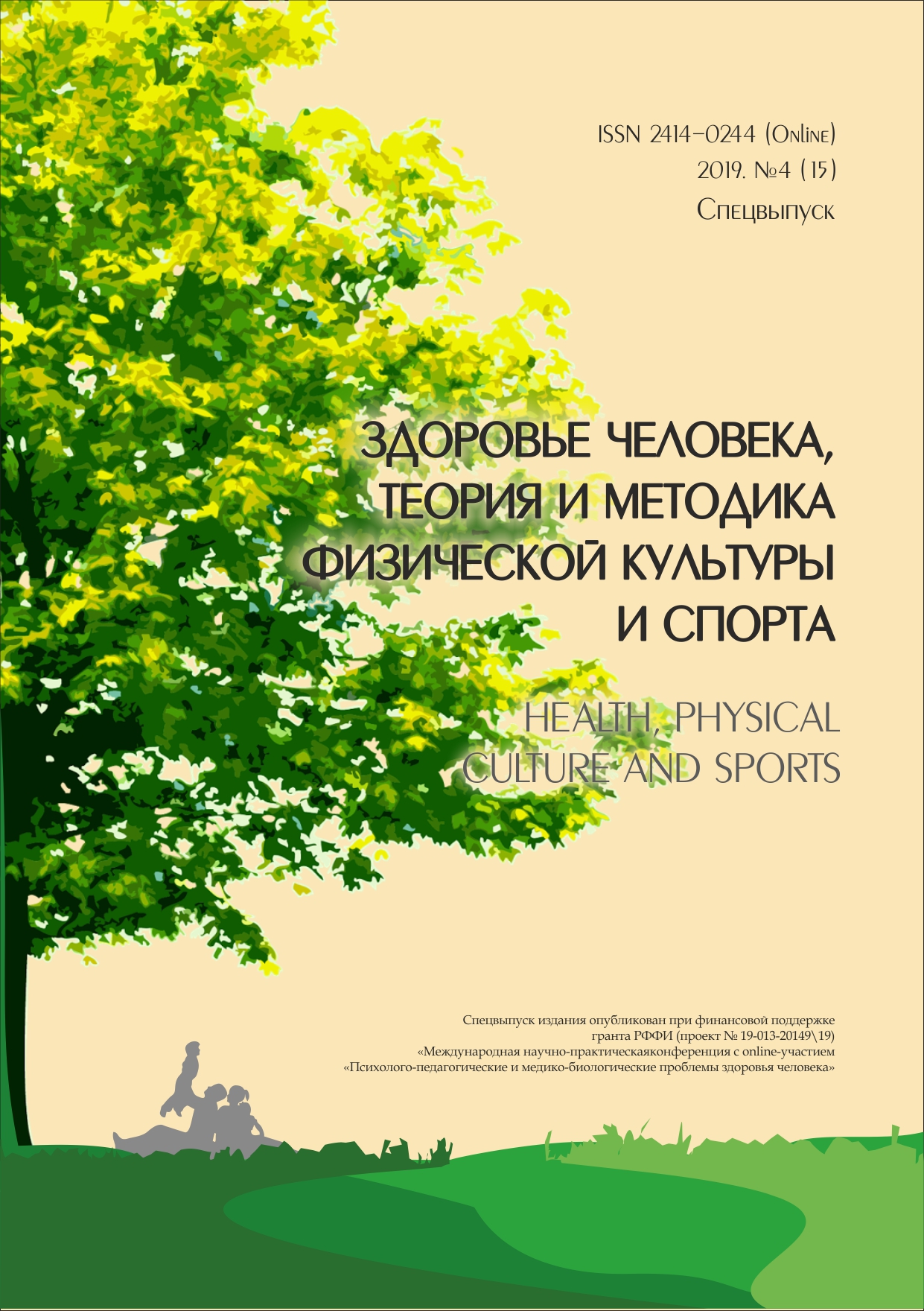PROSPECTS FOR THE USE OF PECTINOPROPHYLAXIS IN SCHOOLCHILDREN
Abstract
The article presents data on assessing the content of heavy metals in the body of 278children (143 boys and 135 girls) aged 12 to 17 years, living in various regions of the city of Donetsk.The survey complex included in-depth collection and analysis of complaints, objective examination.When assessing the psychoemotional and vegetative status, the questionnaire V. V. Sednev and Lushercolor test. The content of 8 toxic (lead, barium, cadmium, bismuth, aluminum, mercury, beryllium,thallium) and 6 potentially toxic (strontium, nickel, lithium, antimony, arsenic, tin) chemicalelements was determined in the hair by atomic emission spectrometry inductively coupled plasmaand atomic absorption spectrometry with electrothermal atomization. Statistical processing of theresults of the study was carried out by the classical mathematical methods of variation statistics usingthe analysis package of the MedStat program. The relationship between the concentration of heavymetals in the hair of the examined children and in the soil is established. Disorders of health weredetected in 58.4 % of schoolchildren, the presence of chronic diseases — in 59.5 %, disorders of thepsychoemotional and vegetative status — in 72.5 %, the excess of permissible levels of toxic CE inthe body — in 72.2 % and potentially toxic chemical elements — in 45.7 % of children. A program isproposed for the correction of bioelement status, including the use of pectin-containing products.The results of the study served as the basis for the develo
Downloads
References
Комплексная оценка содержания свинца в объектах окружающей среды Донецкого региона / Н. Ф. Иваницкая и др. // Медико-социальные проблемы семьи. 2013. Т. 18, № 2. С. 133–137.
Максименко Ю. Б. Цветовая символика в экспериментально-психологических исследованиях: учебное пособие. Донецк: Эра Психологии, 2004. 72 с.
Нагорная Н. В., Дубовая А. В., Алферов В. В. и др. Роль минеральных веществ в физиологии и патологии ребенка // Здоровье ребенка. 2008. № 6 (15). С. 62–68.
Седнев В. В., Збарский З. Г., Бурцев А. К. Детский опросник неврозов (ДОН): методические указания. Донецк, 1997. 8 с.
Скальный А. В. Химические элементы в физиологии и экологии человека. М.: Оникс 21 век» Мир, 2004. 216 с., ил.
Современные закономерности возникновения и распространения болезней среди подростков в условиях Донбасса / В. И. Агарков и др. // Украина. Здоровье нации. 2009. № 1–2 (9–10). С. 112–119.
Профилактика влияния загрязнений тяжелыми металлами почвы и поверхностных водоисточников на здоровье населения / Д. О. Ластков и др. // Вестник гигиены и эпидемиологии. 2017.Т. 21, № 2. С. 175–176.
Пектины — незаменимый компонент здорового рациона питания для населения промышленного региона / Г. А. Игнатенко, Д. О. Ластков, Т. А. Выхованец // Вестник гигиены и эпидемиологии. 2019. Т. 23, № 2. С. 181–182.
An author should not normally publish manuscripts describing essentially the same research in multiple journals or publication venues. Such redundant publication is generally considered to constitute unethical publishing behavior, and if discovered may result in a manuscript under consideration being rejected, or a published article being retracted.
Authors of manuscripts reporting on original research should present an accurate account of the work performed, accompanied by an objective discussion of its significance. Underlying data should be represented accurately in the manuscript. The manuscript should contain sufficient detail and references to permit others to replicate the work. The fabrication of results and the making of fraudulent or knowingly inaccurate statements constitute unethical behavior and may be cause for rejection or retraction of a manuscript or published article.





